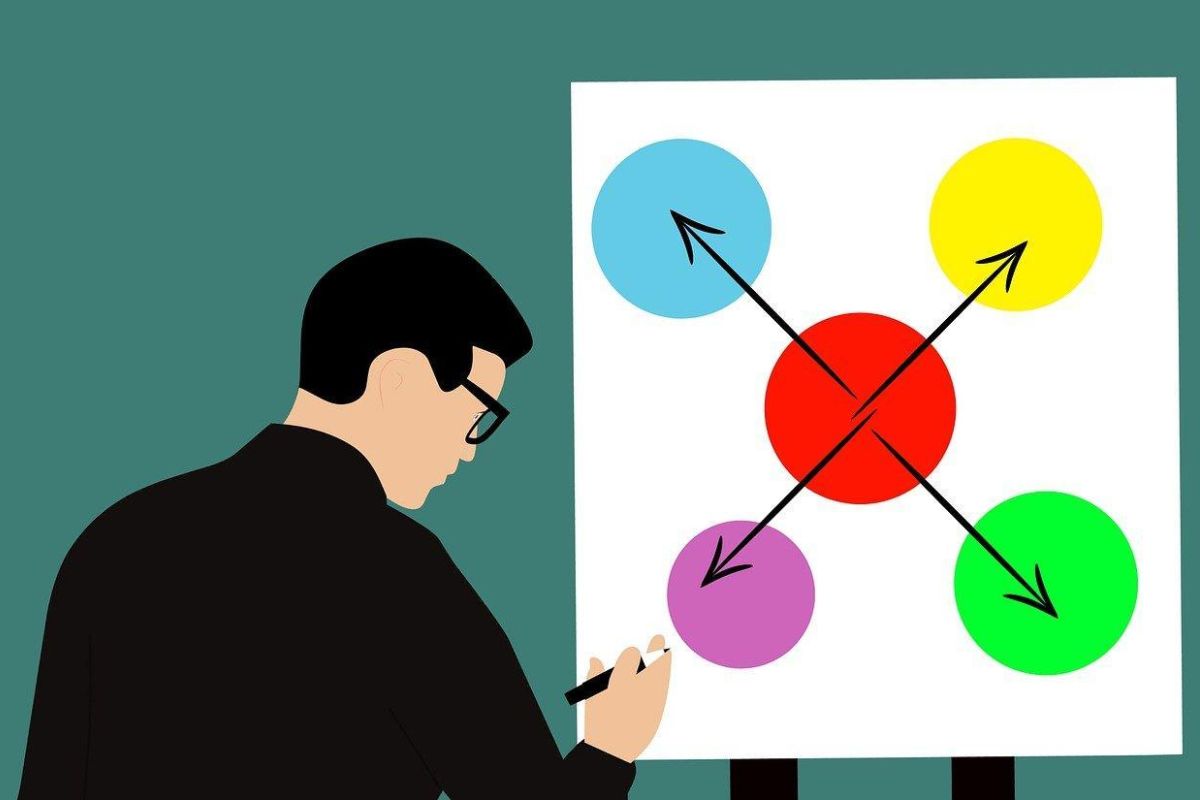Have you ever wondered why did Apple skip iPhone 9?
It seems like a strange move, especially since the iPhone 8 and iPhone X were released around the same time.
So why did Apple decide to skip a number in their iPhone lineup?
There are a few theories out there, but the most likely reason is that Apple wanted to create a clear distinction between the iPhone 8 and the iPhone X.
By skipping the iPhone 9 and going straight to the iPhone X, Apple was able to create a new, premium brand for their flagship device.
This move also allowed Apple to celebrate the 10th anniversary of the iPhone with a special edition device.
Another theory is that Apple simply wanted to avoid any confusion with Microsoft’s Windows 9.
This may seem like a minor issue, but Apple is known for their attention to detail and branding.
By skipping the iPhone 9, Apple was able to create a more cohesive and streamlined product lineup.
Table of Contents
ToggleApple’s iPhone Naming Convention

The History Of iPhone Naming Convention
When Apple first launched the iPhone in 2007, they set a precedent for naming their products that has continued to this day.
The first iPhone was simply called “iPhone.”
The second model, released in 2008, was named “iPhone 3G,” which referred to the device’s support for 3G cellular networks.
The following year, Apple released the “iPhone 3GS,” which stood for “speed.”
In 2010, Apple released the “iPhone 4,” which was the first model to feature a Retina display.
The “iPhone 4S” followed in 2011, which stood for “Siri,” the new voice assistant feature.
In 2012, Apple released the “iPhone 5,” which was the first model to feature a larger 4-inch display.
The “iPhone 5S” and “iPhone 5C” followed in 2013, with the former being the first model to feature Touch ID and the latter being a more affordable version of the iPhone 5.
The iPhone 6 and 6 Plus were released in 2014, with the “Plus” model featuring a larger display.
The “iPhone 6S” and “iPhone 6S Plus” followed in 2015, with the former featuring 3D Touch technology.
In 2016, Apple released the “iPhone SE,” which was a more affordable version of the iPhone 6S.
The “iPhone 7” and “iPhone 7 Plus” followed later that year, with the latter featuring a dual-camera setup.
In 2017, Apple released the “iPhone 8” and “iPhone 8 Plus,” which were the last models to feature the traditional home button.
The “iPhone X” (pronounced “iPhone ten”) was also released that year, which celebrated the device’s 10th anniversary.
Why Apple Skipped iPhone 9
Apple’s decision to skip the iPhone 9 and jump straight to the iPhone X (pronounced “iPhone ten”) was likely due to marketing reasons.
The “iPhone X” name was more attention-grabbing and helped to celebrate the device’s 10th anniversary.
Additionally, the number “9” may have been seen as a step back from the iPhone 8, which was already seen as a minor upgrade from the iPhone 7.
It’s also worth noting that Apple has been inconsistent with their naming convention in recent years.
The iPhone XS and XS Max were released in 2018, with the latter being the first model to feature a larger “Max” display.
The “iPhone XR” was also released that year, which was a more affordable version of the iPhone XS.
In 2019, Apple released the “iPhone 11,” “iPhone 11 Pro,” and “iPhone 11 Pro Max,” with the latter two models featuring a triple-camera setup.
The “iPhone SE (2nd generation)” was also released in 2020, which was another more affordable version of the iPhone.
Overall, Apple’s iPhone naming convention has evolved over the years, with each new model bringing new features and upgrades.
While the decision to skip the iPhone 9 may have been a marketing move, it’s clear that Apple’s focus has always been on innovation and pushing the boundaries of what’s possible with a smartphone.
Why Did Apple Skip iPhone 9?
When Apple announced the iPhone 8 and iPhone X in September 2017, many people were left wondering why the company skipped the iPhone 9.
Here are some possible reasons:
Theories and Speculations
One theory is that Apple wanted to avoid confusion with Microsoft’s Windows 9.
Another theory is that Apple wanted to move on from the number 9 because it is considered unlucky in some cultures.
However, there is no concrete evidence to support either of these theories.
Another theory is that Apple skipped the iPhone 9 to make the iPhone X seem more special.
By jumping from the iPhone 8 to the iPhone X, Apple was able to create more hype and anticipation for its new flagship device.
Apple’s Official Statement
Apple has not officially commented on why it skipped the iPhone 9.
However, some industry experts speculate that it was simply a marketing decision.
By skipping a number, Apple was able to create a sense of novelty and excitement around its new products.
It’s worth noting that Apple has skipped numbers before.
For example, the company skipped the iPhone 2 and went straight from the iPhone to the iPhone 3G.
Similarly, Apple skipped the iPhone 6 and went straight to the iPhone 6S.
Overall, the reason why Apple skipped the iPhone 9 remains a mystery.
However, it’s clear that the decision was part of Apple’s larger marketing strategy and helped the company generate buzz around its new products.
The Impact of Skipping iPhone 9

Marketing Implications
Skipping iPhone 9 had a significant impact on Apple’s marketing strategy.
By skipping a number in their product lineup, Apple created a sense of anticipation and excitement among consumers for the next iPhone release.
This marketing strategy worked well for Apple as they were able to generate a lot of buzz and hype around the iPhone X, which was released after the iPhone 8.
Apple’s decision to skip iPhone 9 also helped them avoid the perception that the iPhone 9 was just a minor upgrade to the iPhone 8.
Instead, they were able to position the iPhone X as a revolutionary new device with a completely redesigned look and feel.
Consumer Perception
Consumers were initially confused and skeptical about Apple’s decision to skip iPhone 9.
However, once the iPhone X was released, consumers quickly forgot about the skipped number and focused on the new device.
Skipping iPhone 9 also had the unintended consequence of making consumers feel like they were getting a more significant upgrade with the iPhone X.
By skipping a number, Apple was able to create the perception that the iPhone X was a much bigger leap forward in terms of technology and design than it actually was.
Overall, the impact of skipping iPhone 9 was largely positive for Apple.
It helped them generate excitement and anticipation for the iPhone X, and it allowed them to position the device as a revolutionary new product.
While it may have initially confused and frustrated some consumers, ultimately, it helped Apple maintain its position as a leader in the smartphone industry.
Key Takeaways
If you’re wondering why Apple skipped the iPhone 9, there are a few possible reasons.
First, it could have been a marketing strategy to make the iPhone X seem like a bigger upgrade.
Second, it could have been a nod to the iPhone’s 10th anniversary.
And finally, it could have been because the iPhone 9 would have been more expensive than the other iPhones.
While we may never know the true reason for skipping the iPhone 9, it’s important to remember that the name of a product doesn’t necessarily reflect its quality or value.
The iPhone X, despite its name, was a highly successful and innovative device.
When it comes to Apple’s product naming conventions, there are a few patterns to keep in mind.
First, Apple often skips numbers in its product lineup (such as the iPhone 4s and 5s).
Second, Apple sometimes uses Roman numerals in its product names (such as the iPhone X).
And finally, Apple tends to release new iPhones in September of each year, so keep an eye out for the latest and greatest in the fall.











